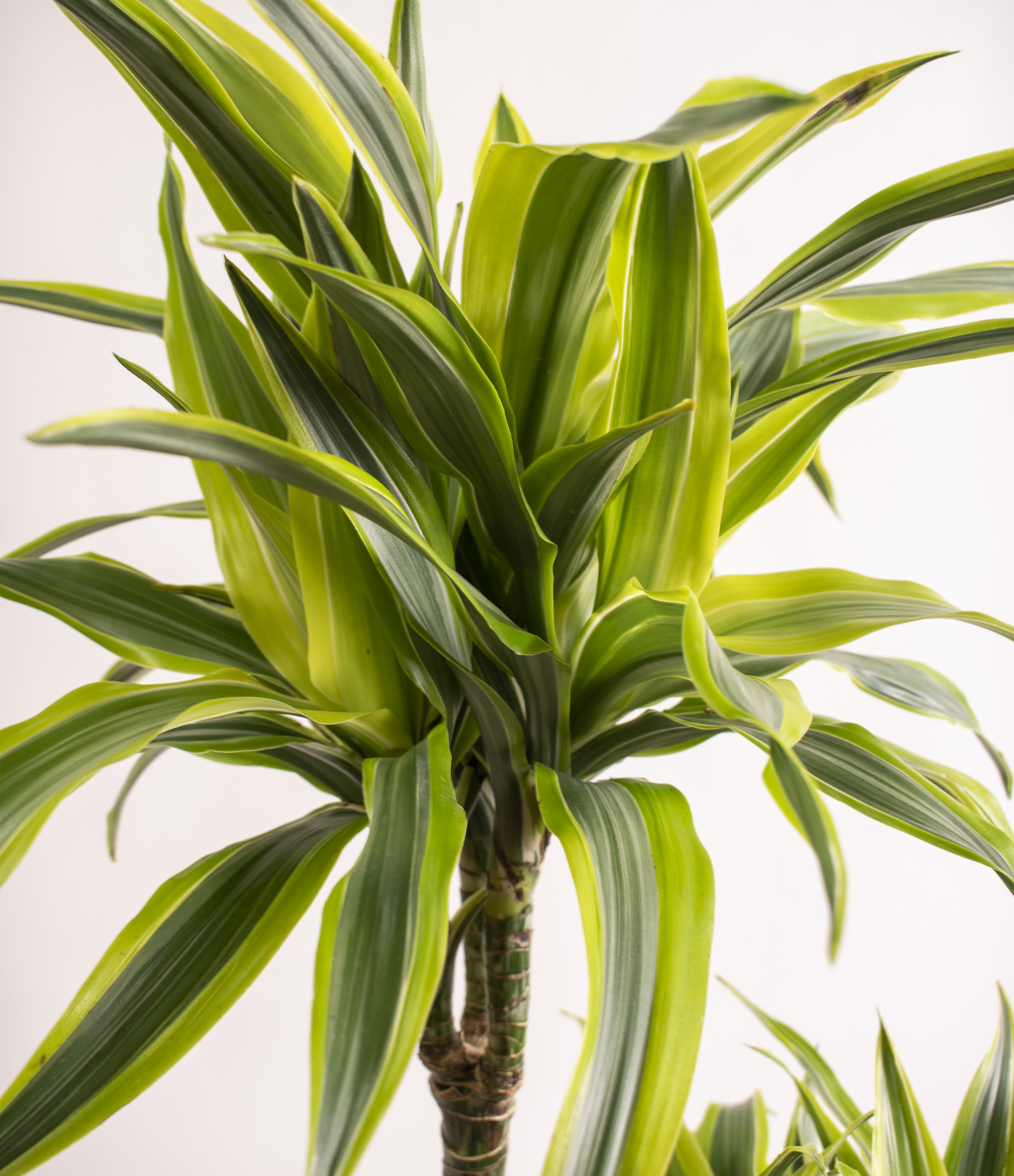Dracaena Lemon Lime Care
Shop this plantAbout Dracaena Lemon Lime
Other common names
- Warneckii Lemon Lime
- Lemon Lime
- Dracaena Deremensis
How Often Should I Water My Dracaena Lemon Lime?
In its natural habitat, this plant is accustomed to consistently moist soil that does not hold water. Luckily, with easyplant, watering your Dracaena Lemon Lime plant is simple. Make sure to check the easyplant reservoir once a month, fill it when empty, and you're all set!
Dracaena Lemon Lime Light Needs
The best place for your Dracaena Lemon Lime is near a south-facing window in the direct stream of light. This plant is susceptible to light scorch, so if the sunlight streaming in is too intense, you can diffuse it by adding a sheer curtain to the window. To fully understand the intricacies of plant light needs, browse our complete guide.
Dracaena Lemon Lime Plant Care
How Big Do Dracaena Lemon Lime Plants Grow?
Temperature & Humidity
Are Dracaena Lemon Lime Toxic for Pets & Kids?
Troubleshooting Common Problems with Dracaena Lemon Lime
Part of plant care is observing how your plant is fairing in its environment, so you can make adjustments if needed. Every houseplant will have different signs or tells when they aren't doing well. Here are a few things to look out for with the Lemon Lime Dracaena and how to fix the issue. If the leaves on your Dracaena Lemon Lime lose their bright colors, move the plant closer to a light source. Often, the leaves will become greener and plainer in color if they don't receive enough light. If the tips of the leaves of the Dracaena Lemon Lime begin browning or become discolored, this may be a sign that the plant isn't getting enough humidity. Increase the humidity in the space by grouping plants together or using a pebble tray. If you notice drooping leaves on the Lemon Lime Dracaena, this could indicate under-watering. Be sure to check your plant's soil often, and you will eventually learn the right watering cadence for your plant. Typically plants need more watering during the growing season and less in the winter when most plants go dormant. If your plant's leaves have brown spots, it may be due to the leaves scorching from too much direct light. Move the Dracaena Lemon Lime away from the window but still in the direct path of light, or put a sheer curtain on the window to diffuse the light. If the Dracaena Lemon Lime leaves turn yellow or browning, it could be due to fluoride toxicity. Thoroughly flush out the soil and change to distilled or rainwater. If the stems are also mushy, it could be due to root rot caused by overwatering or improper drainage. Cut out the affected part of the root ball, replant it in new, well-drained soil, and check the soil before watering. Dracaena Lemon Lime can be affected by pests, most commonly mealybugs or spider mites. You'll notice these pests if the plant leaves have yellow or white dots on the top or milky webbing on the underside. Flush out the pests with a thorough soak and treat the plant's leaves with insecticidal soap or neem oil.
Frequently Asked Questions about Dracaena Lemon Lime Plant
- How Fast Do Dracaena Lemon Lime Grow?The Dracaena Lemon Lime is a slow-growing plant. It only adds 6 inches to its growth annually and takes ten years to reach full maturity. Growth can be slowed down even further if their living conditions are inadequate, meaning they are not getting enough light, humidity, water, or in the right temperature.
- What Temperature Do Dracaena Lemon Limes Like?The Lemon Lime Dracaena is native to the tropical rainforests of Africa, so they enjoy high temperatures. The ideal temperature for this plant is between 70-75˚F (21-24˚C). They can tolerate temperatures as low as 60˚F (16˚C), but anything lower will start to affect the plant's health.
- How Often Do You Water a Dracaena Lemon lime?Dracaena Lemon Lime enjoys moist soil but can be prone to root rot if overwatered. If you don't have a self-watering pot like easyplant, check the first 1-2 inches of soil before watering. If dry, water the soil till thoroughly moistened. If the soil is wet, don't water it; check again the next day.
